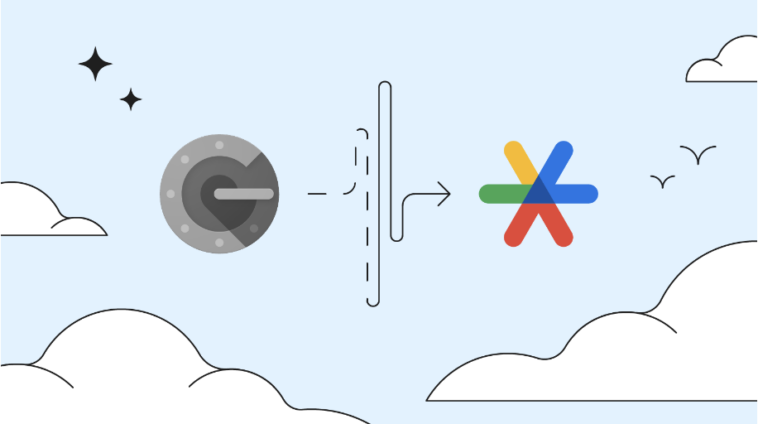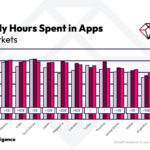Google announced on Monday that it has updated its Google Authenticator app to let users backup their one-time codes to their Google Account.
First launched in 2010, Google Authenticator helps users improve their online accounts’ security by giving them two-factor authentication codes to use when they sign in.
‘’One major piece of feedback we’ve heard from users over the years was the complexity in dealing with lost or stolen devices that had Google Authenticator installed,’’ said Google’s Group Product Manager Christiaan Brand, in a blog post. ‘’Since one time codes in Authenticator were only stored on a single device, a loss of that device meant that users lost their ability to sign in to any service on which they’d set up 2FA using Authenticator.’’
‘’With this update we’re rolling out a solution to this problem, making one time codes more durable by storing them safely in users’ Google Account,’’ he added. ‘’This change means users are better protected from lockout and that services can rely on users retaining access, increasing both convenience and security.’’
Also Read: The Best 2FA Apps for iOS and Android
To try the new ability, all you need to do is to update your Google Authenticator app, which the company has changed the logo of as well.
The news comes at a time when Google is updating its products and introducing new features to pave the way for the passwordless future. In May last year, Apple, Google, and Microsoft revealed their plans to expand support for passwordless sign-in across mobile apps and websites.
Earlier this year, the Android-maker also launched the alpha version of its Credential Manager API to help developers integrate sign-in authentication into their apps.







Comments
Loading…